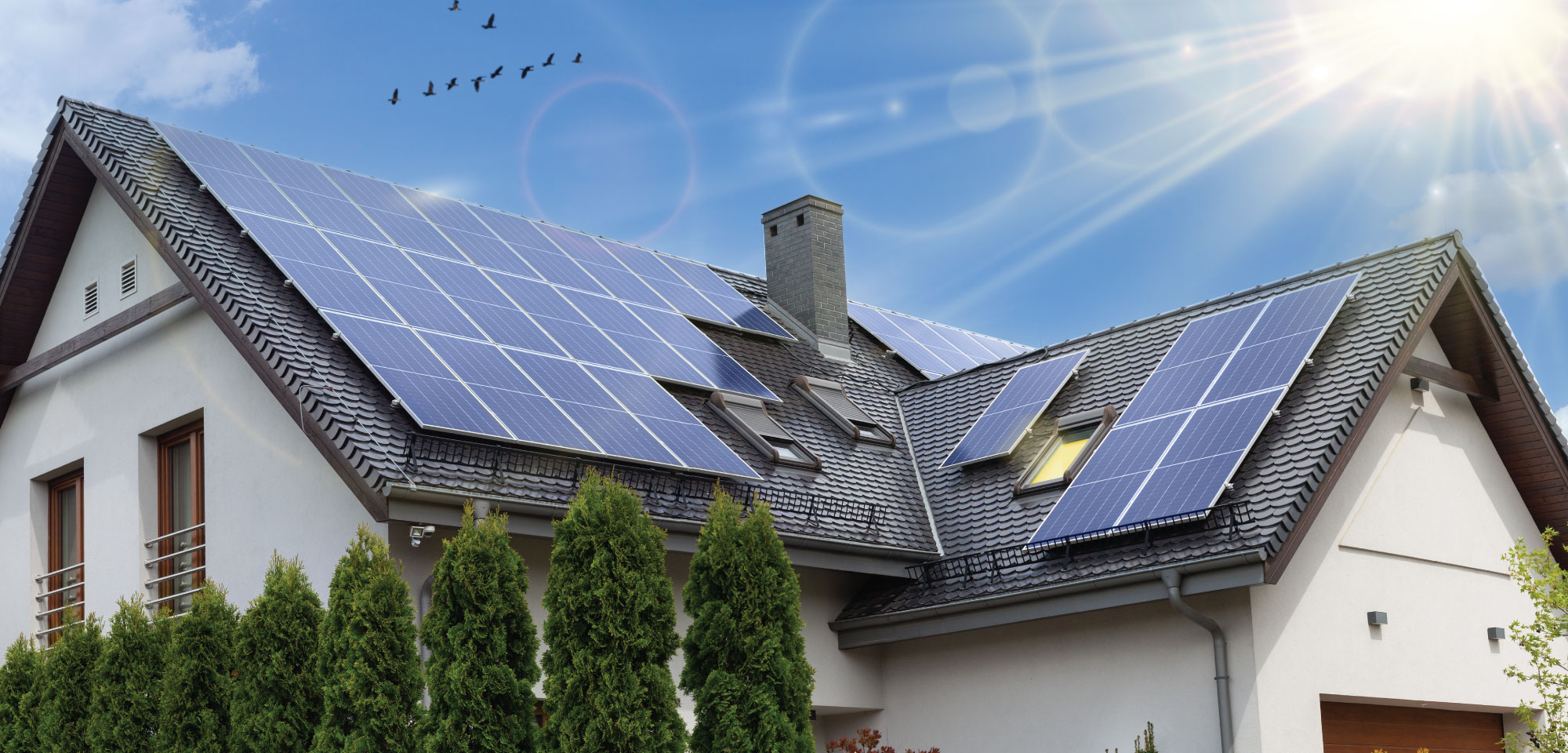On both CO2 and fiber laser systems, laser engraving is very popular for marking metals with barcodes, serial numbers, and logos.
The long operational life, low maintenance requirements and relatively low cost of Znakowanie laserowe stali make them an ideal choice for industrial marking applications. In a high-contrast, the permanent mark is produced using these types of lasers without affecting the integrity of the part.
The metal is treated with a special spray (or paste) prior to engraving with a CO2 laser when marking bare metal. CO2 laser heat bonds the marking agent to the bare metal, resulting in a permanent mark. CO2 lasers can also mark other types of materials, including wood, acrylic, and natural stone.
Systems manufactured by Epilog can be operated with almost any Windows-based software and are extremely easy to use.
Differences in Lasers
Metals react differently with different types of lasers, so some considerations must be made.
Metals require more time to mark with a CO2 laser, for instance, since they need to be coated or pre-treated with a metal marking agent. Additionally, the laser must be operated in a low-speed, high-power configuration in order to allow the marking agent to bond effectively with the metal. It is sometimes possible to wipe off the mark after lasering – indicating that the piece should be rerun at a lower speed and higher power setting.
Coated metals, such as anodized aluminum or painted brass, do not require pretreatment.
Fiber lasers are the preferred engraving method for bare metals. The fiber laser is ideal for marking aluminum, brass, copper, nickel-plated metals, stainless steel, and engineered plastics such as ABS, PEEK, and polycarbonates. However, some materials are difficult to mark with the laser wavelength emitted by the device; for example, the beam can pass through transparent materials, leaving marks on the engraving table instead. With a fiber laser system, it is possible to mark organic materials such as wood, glass, leather, but this isn’t what the system is designed to do. With a CO2 laser, the mark is actually produced on top of the metal, so there is no impact on the material’s tolerance or strength.

Various Types of Marks
A fiber laser system provides a variety of options based on the type of material being marked. An engraving process involves vaporizing material from an object’s surface using a laser beam. Due to the shape of the beam, the mark is often a cone-shaped indentation. Having multiple passes through the system allows for deep engraving, which eliminates the possibility of the mark wearing in harsh environments.
In ablation, the top layer of the material is removed in order to expose the material underneath. Abrasion can be performed on anodized, plated, and powder-coated metals.
Materials to Consider
Stainless steel can be marked in various ways by adjusting the laser’s speed, power, frequency, and focus. These methods include annealing, etching, and polishing. Fiber laser marking can often achieve much higher brightness than CO2 laser marking on anodized aluminum. The aluminum laser, however, produces less contrast – the fiber A Lasers produce shades of gray, not black. Deep engraving combined with oxidizers or color fills can still produce a black etch on aluminum.






More Stories
Data Imputation Strategies for Complex Data Sets Using Python
Women and Technology
What Happened to Window Technology?